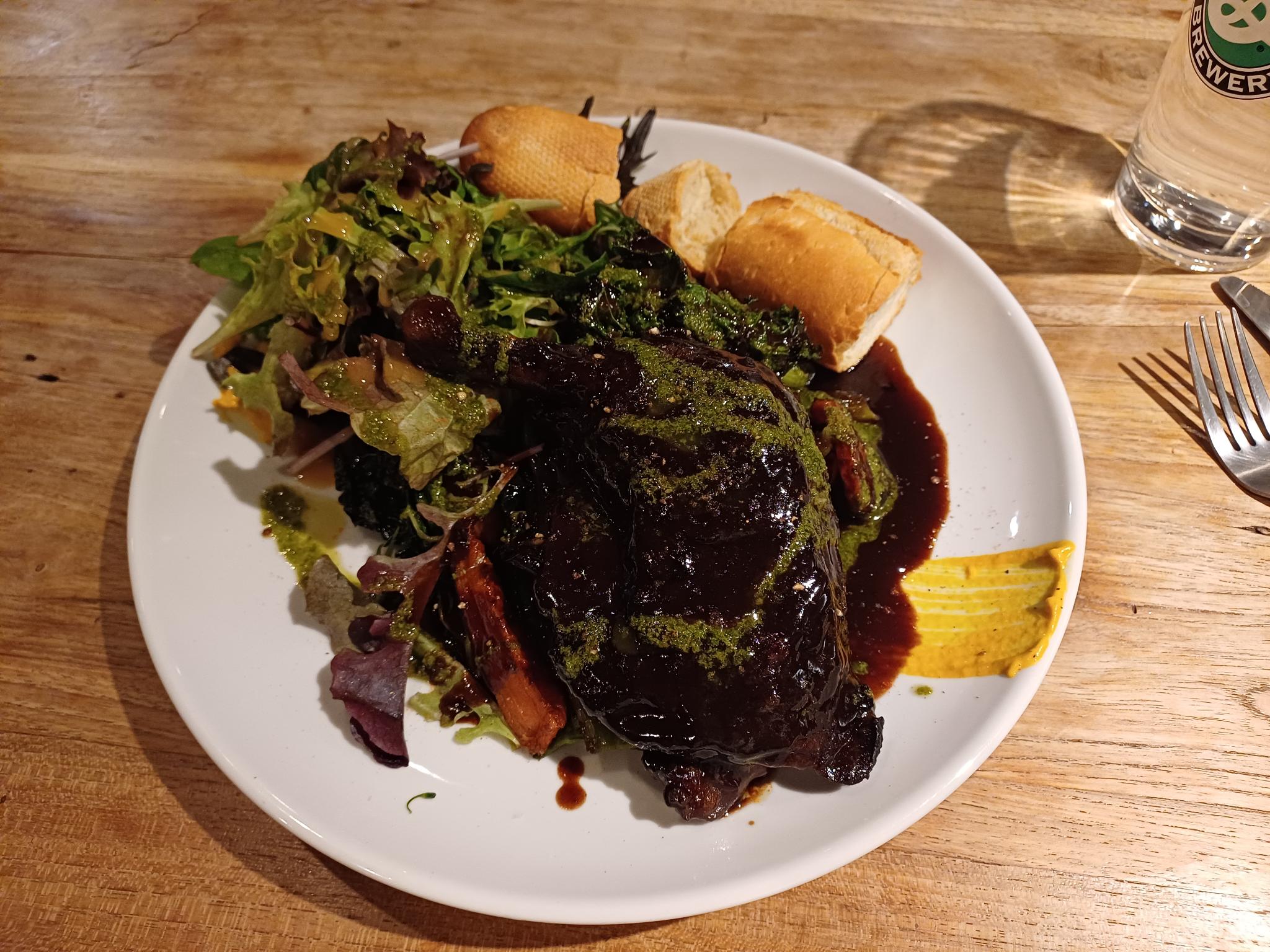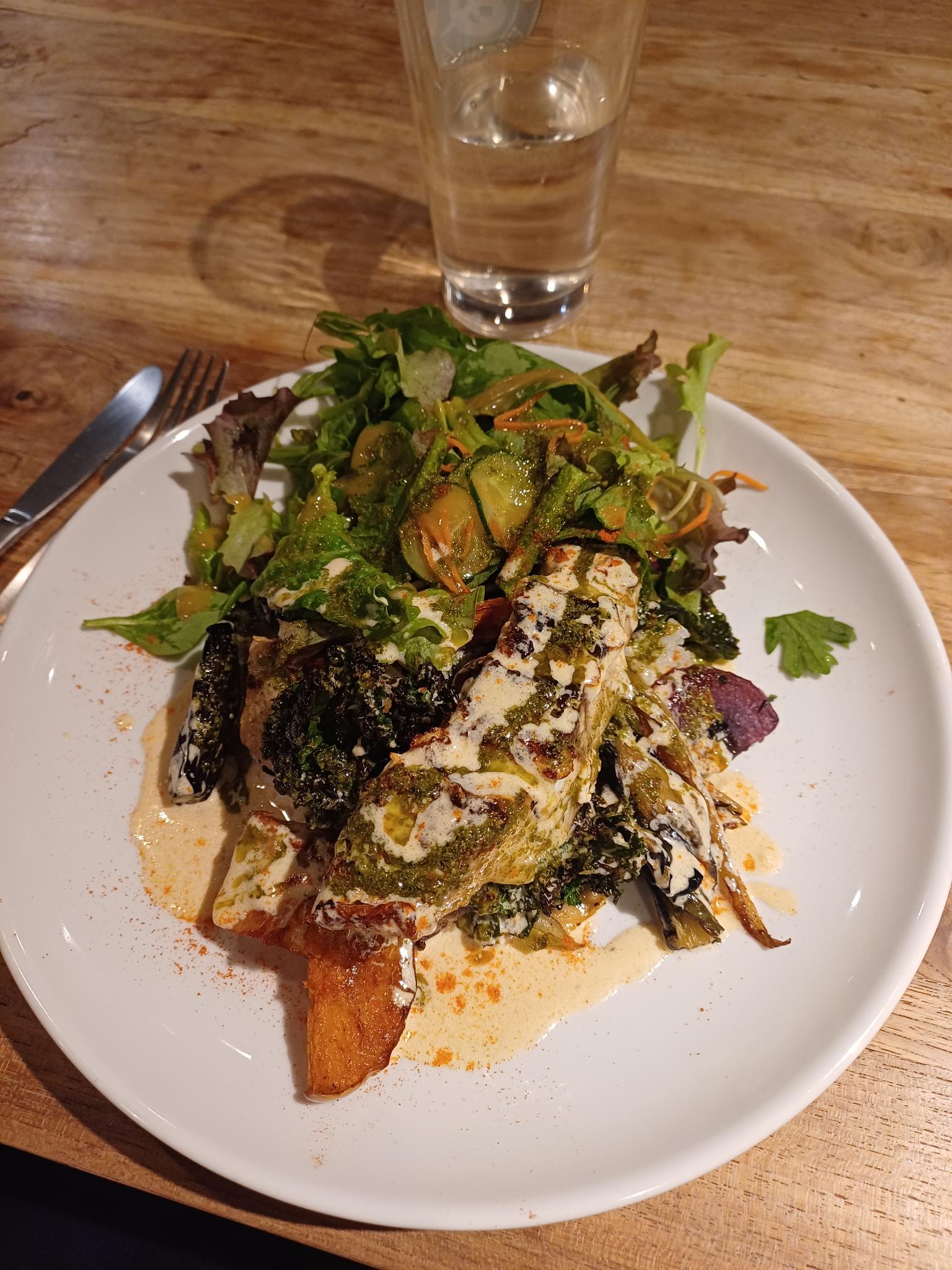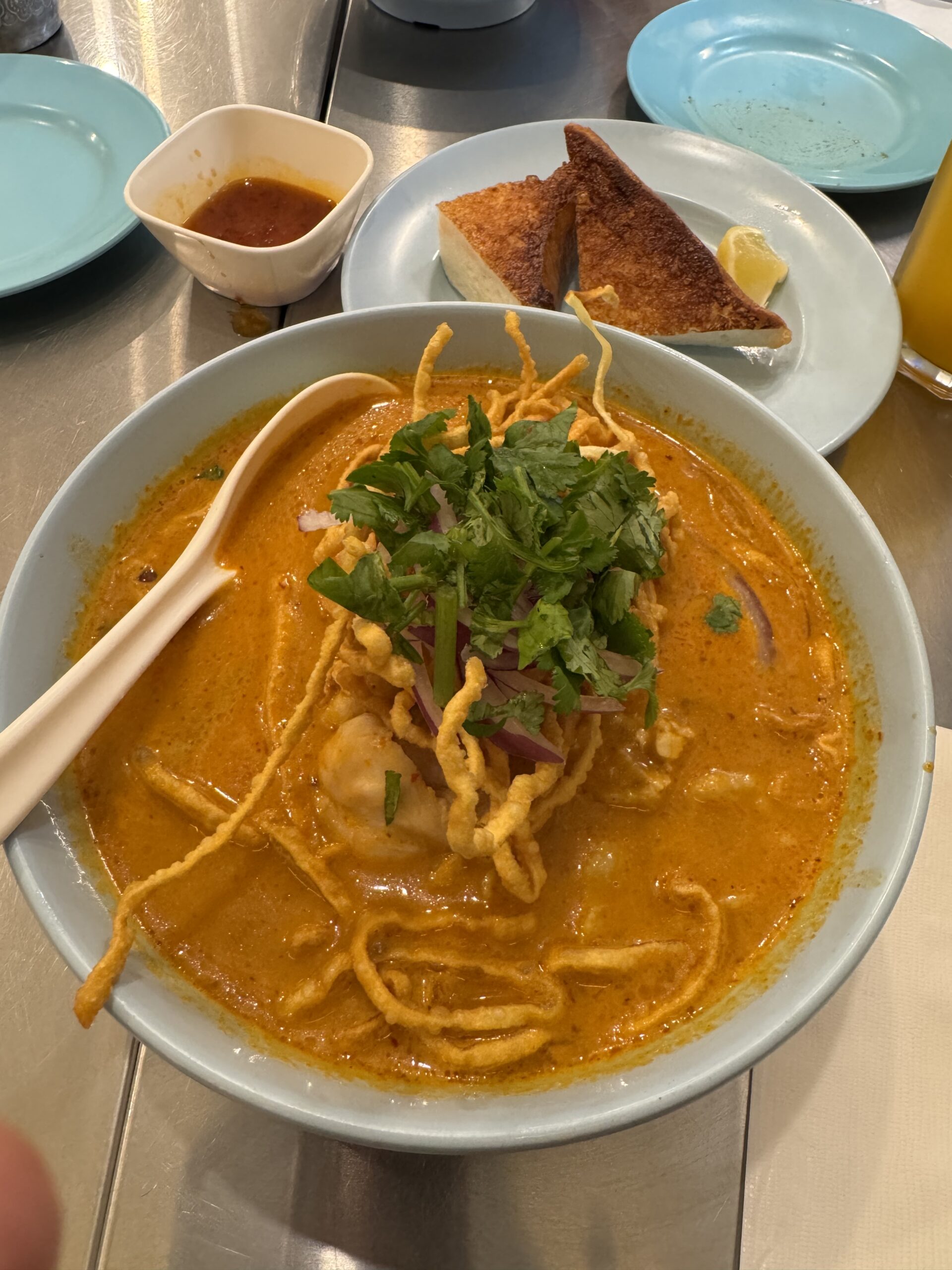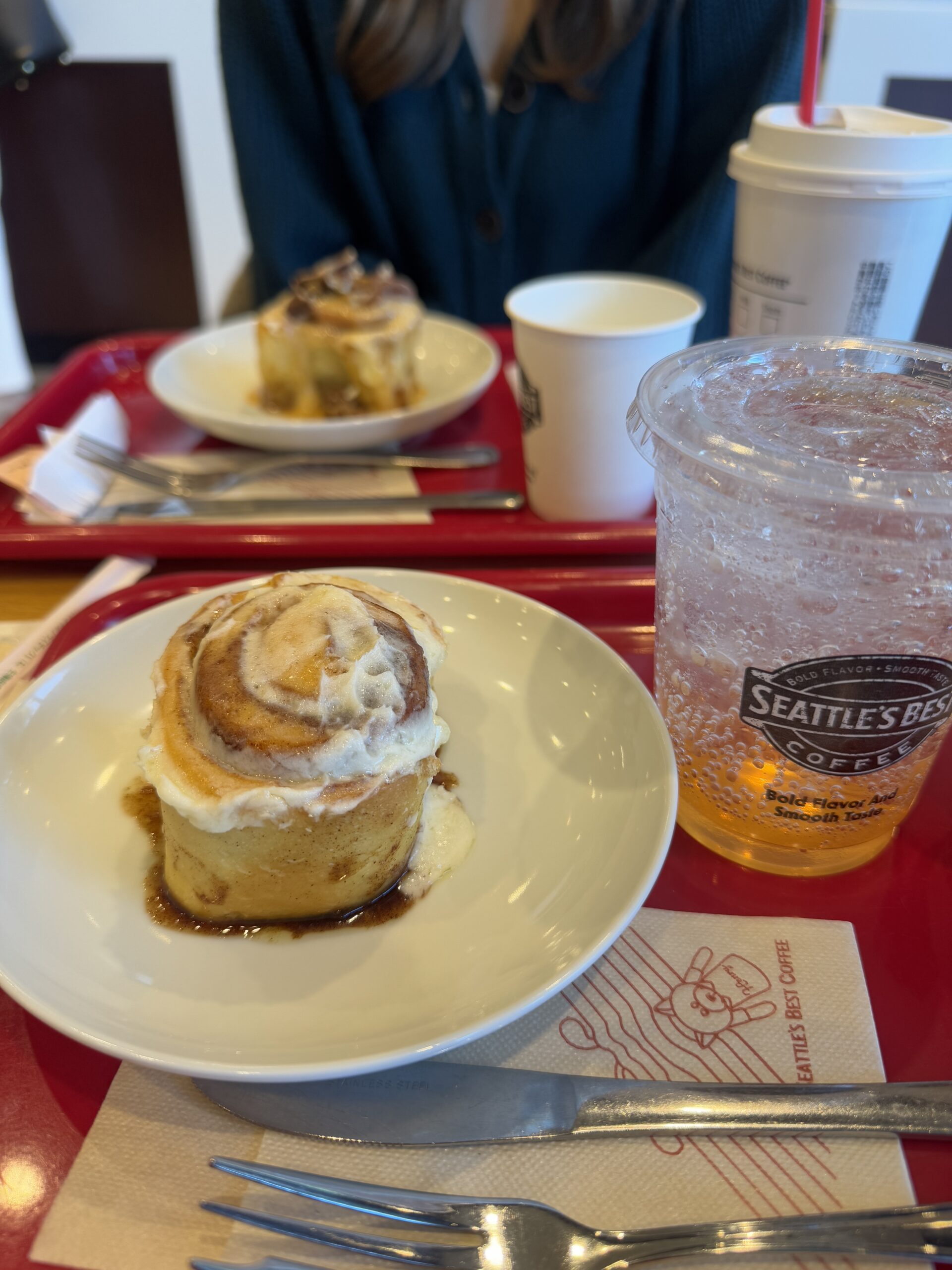

Discovering a Hidden Culinary Gem: My Unforgettable Lunch at Brasserie Brown with Virgin Oyster House in Roppongi
Tokyo’s Roppongi district is a sensory overload in the best possible way—a place where neon lights duel with minimalist architecture, where salarymen and fashionistas collide on crowded sidewalks, and where the aroma of sizzling yakitori mingles with the scent of freshly brewed matcha. It’s a neighborhood that thrives on contrast, and as a tourist, it’s easy to feel both exhilarated and overwhelmed by its energy. But tucked away in this labyrinth of chaos, I stumbled upon a quiet revelation: Brasserie Brown with Virgin Oyster House, a restaurant that feels like a well-kept secret even as it sits in the heart of the city.
The Journey There: A Walk Through Roppongi’s Layers
The restaurant’s location is described as “20 minutes from Roppongi Station,” which initially made me pause. How could a spot in the “heart of Roppongi” require a 20-minute walk? But Tokyo’s geography often defies logic. What felt like a trek through the district’s winding streets turned into a serendipitous adventure. I passed sleek art galleries, hole-in-the-wall izakayas, and even a shrine nestled between skyscrapers. By the time I spotted Brasserie Brown’s understated signage—a brushed metal plaque bearing its name—I’d already absorbed slices of Tokyo life that most guidebooks skip.
The walk, it turns out, is part of the experience. For tourists, it’s a chance to see Roppongi beyond its nightlife clichés. The restaurant’s slightly removed location filters out the crowds, making it feel like a discovery rather than a stop on the well-trodden path.
First Impressions: A Parisian Escape in Tokyo
Stepping inside Brasserie Brown is like crossing a portal into a Parisian brasserie. The interior is all warm wood paneling, soft globe lighting, and leather banquettes worn just enough to feel inviting. A chalkboard menu hangs above the bar, scribbled with daily specials in French and Japanese. The hum of conversation—a mix of locals, expats, and curious travelers like me—creates a cozy buzz. It’s elegant but unpretentious, a balance that’s hard to strike.
What struck me immediately was the staff’s bilingual ease. As a tourist fumbling with basic Japanese phrases, I braced for the awkward dance of translation. Instead, the host greeted me in fluent English, guiding me to a table by the window with a view of the street. The service here is attentive without being suffocating, a rarity in a city where servers often hover or disappear entirely.
The Lunchtime Revelation: Quality Without the Price Tag
Brasserie Brown’s lunch menu is a masterclass in value. For ¥1,210 (roughly $8 USD), you can choose between the poisson du jour (fish of the day) or viande du jour (meat of the day), both served with a salad. In a city where a mediocre bowl of ramen can cost ¥1,500, this feels almost too good to be true.
I opted for the fish—a perfectly seared sea bream atop a lemony beurre blanc sauce, accompanied by roasted vegetables and a crisp green salad. The dish was simple but executed with precision. The fish’s skin crackled under my fork, giving way to tender, flaky flesh. The bread, a crusty baguette slice, was clearly baked in-house, its warmth a testament to Tokyo’s underrated bread culture.

Across the table, my travel companion chose the meat—a succulent pork cutlet glazed in a rich red wine reduction. It was hearty but refined, the kind of meal that fuels an afternoon of sightseeing without weighing you down. The coffee, a smooth blend served in a porcelain cup, was a far cry from the bitter diner swill I’d expected at this price point.
The Oyster Obsession: Virgin Oyster House’s Star Turn
While the lunch specials are a steal, Brasserie Brown’s true crown jewel is its partnership with Virgin Oyster House. The restaurant sources oysters from across Japan, showcasing regional varieties like Hiroshima’s plush, briny gems and Hokkaido’s creamier, milder offerings. As someone who’s wary of raw seafood (blame a questionable sushi experience in my teens), I hesitated. But the waiter, sensing my uncertainty, recommended a tasting platter.
Six oysters arrived on a bed of ice, each labeled with its origin. The waiter walked me through the selection, explaining how Hiroshima’s colder waters yield firmer textures, while Miyagi’s oysters are sweeter. I squeezed a lemon wedge over one, added a dash of Tabasco, and took the plunge. The flavor was transformative—clean, oceanic, and subtly sweet. By the third oyster, I understood why Tokyoites rave about this place.
Why Tourists Should Care: More Than Just a Meal
Brasserie Brown isn’t just a restaurant; it’s a microcosm of what makes Tokyo dining extraordinary. Here, French techniques marry Japanese ingredients, and the result is greater than the sum of its parts. For tourists, it offers a respite from the city’s frenetic pace without isolating you from its culture. The staff’s willingness to explain dishes, the bilingual menu, and the approachable pricing make it accessible without diluting its authenticity.
Final Thoughts
My experience at Brasserie Brown with Virgin Oyster House was a vivid reminder of why I love traveling. It’s not just about the big-ticket attractions or the dazzling skyscrapers—it’s also about those small, intimate moments where you sit down to a meal that is crafted with care and passion. It’s about the friendly smiles of the staff, the fresh ingredients that tell a story of local abundance, and the sense that, even in a vast city like Tokyo, you can find a place that feels like it was made just for you.
For anyone visiting Tokyo, particularly those who appreciate the art of good food and genuine hospitality, make it a point to step off the beaten path. Embrace the unexpected detours, savor the flavors, and allow yourself to be surprised by the simple pleasures that await. Brasserie Brown with Virgin Oyster House is one such pleasure—a hidden gem that encapsulates the quiet elegance of Roppongi and the timeless joy of a well-cooked meal.
In a city where culinary experiences are as diverse and dynamic as its people, this little bistro stands out not because it is flashy or over-the-top, but because it reminds you that sometimes, the best things in life are those that are unpretentious and heartfelt. And isn’t that a beautiful way to travel?











